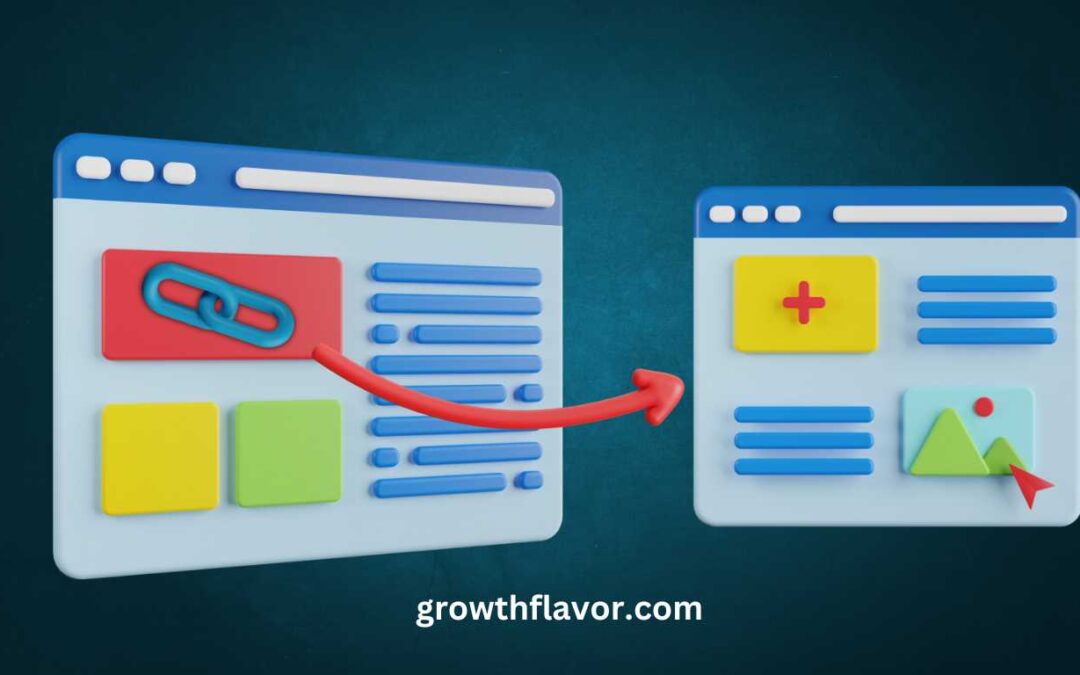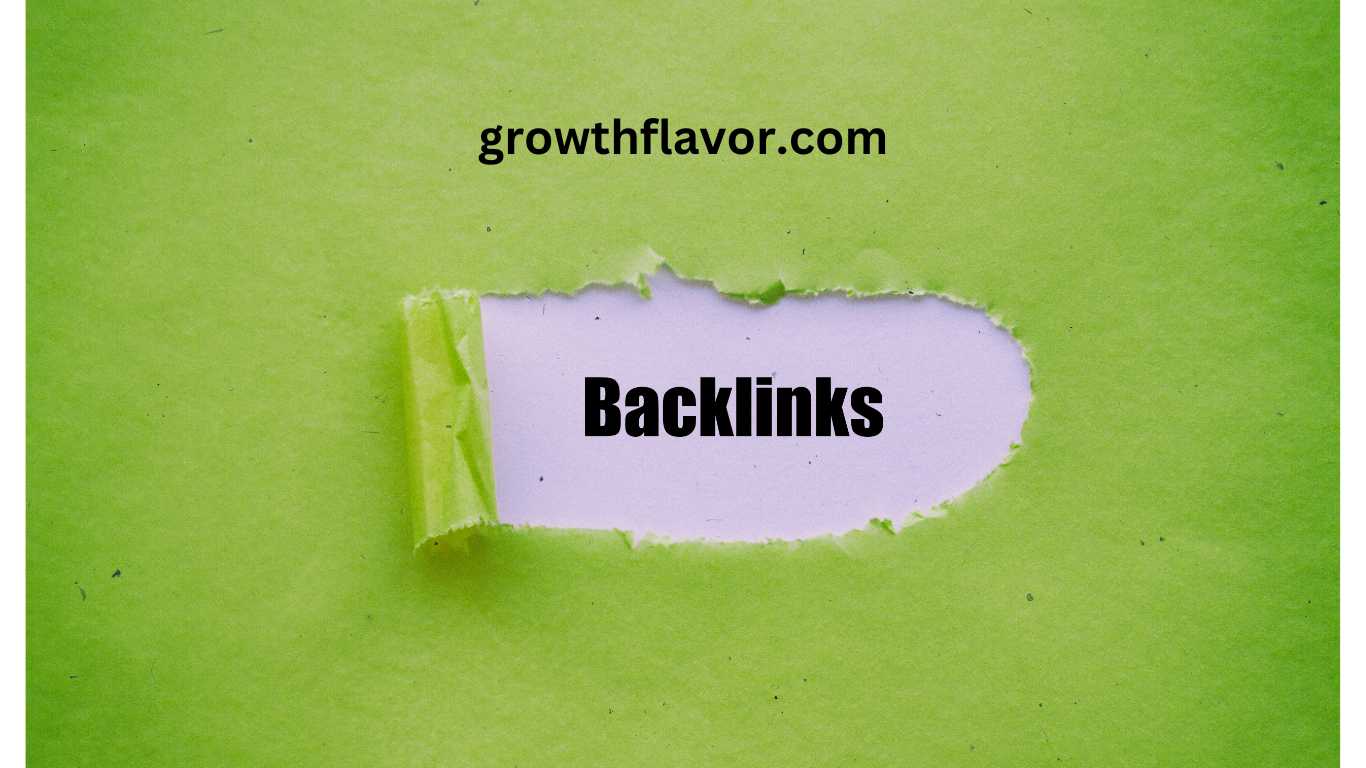The Most Powerful Type of Backlink: My Personal Journey to SEO Success
Backlinks are the lifeblood of SEO, acting as endorsements from one site to another. When a website links to another, it’s a signal to search engines that the content is valuable, trustworthy, and relevant. As someone who has spent years in the digital marketing trenches, I can tell you that not all backlinks are created equal. Some can propel your website to the top of search engine results pages (SERPs), while others can get you penalized. In this article, I’ll share my personal journey to discovering the most powerful type of backlink, backed by my experiences and insights.
12 Types of Backlinks
Before diving into my personal experiences, it’s essential to understand the different types of backlinks and their potential impact on SEO:
1.Editorial Backlinks: These are links that naturally fit within the context of the content, often given by editors and journalists who find your content valuable.
2.Guest Post Backlinks: Links included within a guest post you write for another blog or website.
3.Business Profile Backlinks: Links from business directories or profile pages on sites like Yelp, LinkedIn, and others.
4.Social Profile Backlinks: Links from social media profiles.
5.Forum Backlinks: Links from forums and community sites related to your niche.
6.Comment Backlinks: Links within the comments section of blogs.
7.Press Release Backlinks: Links from press releases distributed to various news outlets.
8.PBN Backlinks: Links from a Private Blog Network, often used in black-hat SEO practices.
9.Directory Backlinks: Links from online directories.
10.Image Backlinks: Links obtained when others use your images and credit your site.
11.NoFollow Backlinks: Links that do not pass authority but can still drive traffic.
12.DoFollow Backlinks: Links that pass SEO authority from the linking site to the linked site.
The Early Days: Understanding the Basics
When I first started in SEO, I was like many beginners—obsessed with quantity over quality. I would spend hours on link-building forums and directories, trying to amass as many backlinks as possible. It didn’t take long to realize that this scattergun approach wasn’t effective. My website’s ranking fluctuated wildly, and I received a Google penalty for participating in link schemes.
This was my first major lesson: not all backlinks are good backlinks. I needed to focus on quality rather than quantity.
The Turning Point: Discovering the Power of High-Quality Backlinks
After my initial setbacks, I decided to invest time in learning what makes a backlink truly valuable. Through extensive research and experimentation, I discovered several key factors that contribute to a backlink’s power:
1.Relevance: Links from websites in the same niche or industry as mine.
2.Authority: Links from high-authority websites that are trusted by search engines.
3.Diversity: A variety of backlink sources, including blogs, news sites, and social media.
4.Anchor Text: The clickable text in a hyperlink that influences the keyword relevance.
These factors became my guiding principles in the quest for the most powerful backlinks.
Personal Experience: Building Relationships and Earning Natural Links
One of the most significant shifts in my strategy was moving away from link schemes and focusing on building genuine relationships with other webmasters and influencers in my industry. I began reaching out to bloggers, offering to write guest posts that provided value to their audience. This approach had multiple benefits:
- Increased Exposure: My content reached a broader audience.
- Enhanced Credibility: Being featured on reputable sites boosted my site’s trustworthiness.
- Natural Backlinks: These sites often linked back to my website within the guest post, providing high-quality, relevant backlinks.
Case Study: The Power of Editorial Backlinks
The turning point in my backlink strategy came when I landed an editorial backlink from a major industry publication. Editorial backlinks are links that are naturally integrated into the content by the site owner or editor because they genuinely believe your content adds value.
I had written an in-depth article about the latest trends in my industry and shared it on my website. After promoting the post through social media and email outreach, an editor from a well-known publication reached out to me, asking if they could reference my article in their upcoming piece. This backlink had an immediate and profound impact:
- Boost in Traffic: The referral traffic from the publication was substantial.
- Improved Rankings: My article quickly climbed the SERPs, even for competitive keywords.
- Increased Authority: The backlink from a high-authority site significantly boosted my domain authority.
The Pinnacle of Backlinks: Contextual, Relevant, and Authoritative
Reflecting on my journey, I’ve identified that the most powerful type of backlink is a contextual backlink from a high-authority, relevant site. Contextual backlinks are links placed within the content of a page, rather than in a sidebar or footer. These links are more valuable because they provide context to the content and are seen as more organic and trustworthy by search engines.
Example: Landing a Contextual Backlink
To illustrate, let me share a specific example from my experience. I had been working on an article about innovative marketing strategies. After conducting thorough research, I created a comprehensive guide that included original data and case studies.
To promote this piece, I reached out to several industry experts, asking for their insights on the topic. One expert, who had a highly respected blog, agreed to contribute. In return, they linked back to my article within their post, citing it as a source of valuable information.
This contextual backlink was from a site with high domain authority and was directly relevant to my content. The result was phenomenal:
- Search Engine Trust: Google saw this as a strong endorsement of my content’s quality.
- Audience Relevance: The readers who clicked through were highly targeted and engaged.
- Sustained Traffic: The backlink continued to drive traffic long after it was published.
The Role of Content Quality
None of this would have been possible without high-quality content. In my early days, I focused on quantity, churning out numerous mediocre articles. This approach changed dramatically as I realized the importance of quality over quantity.
Creating in-depth, well-researched, and valuable content became my new mantra. High-quality content naturally attracts backlinks because other sites want to reference and share it. This principle aligns perfectly with Google’s mission to organize the world’s information and make it universally accessible and useful.
Leveraging Social Proof and Influencers
Another crucial element in my backlink strategy was leveraging social proof and influencer marketing. By collaborating with influencers and industry leaders, I was able to gain credibility and attract high-quality backlinks. Here’s how I did it:
Identifying Influencers: I made a list of influencers in my niche who had a strong online presence and high domain authority websites.
Building Relationships: Rather than asking for backlinks outright, I focused on building genuine relationships by engaging with their content, leaving thoughtful comments, and sharing their posts.
Creating Collaborative Content: I proposed collaborative projects, such as expert roundups or interviews, which provided value to both their audience and mine.
Providing Value First: By offering free insights, data, or tools that could help their audience, I positioned myself as a valuable resource.
These efforts resulted in influencers naturally linking back to my site within their content, adding a layer of authenticity and authority to my backlinks.
Avoiding Common Pitfalls
While pursuing powerful backlinks, it’s easy to fall into common traps that can harm your SEO efforts. Here are some pitfalls I learned to avoid:
Buying Links: Purchased links are often low-quality and can lead to penalties from search engines.
Excessive Guest Posting: While guest posting is effective, overdoing it on low-quality sites can dilute your link profile.
Irrelevant Links: Links from unrelated sites do not provide value and can confuse search engines about your site’s relevance.
Ignoring NoFollow Links: While NoFollow links don’t pass authority, they still drive traffic and can lead to other linking opportunities.
Measuring Success
To understand the impact of my backlink strategy, I used various tools and metrics. Google Analytics and Search Console were instrumental in tracking referral traffic, user behavior, and search rankings. Additionally, tools like Ahrefs and Moz helped me analyze my backlink profile, monitor domain authority, and identify new linking opportunities.
By regularly reviewing these metrics, I could see the tangible benefits of high-quality backlinks. My site’s authority grew, rankings improved, and organic traffic increased consistently.
Conclusion: The Most Powerful Backlink in Your Arsenal
Through my personal experience, I’ve come to understand that the most powerful type of backlink is one that is:
Contextual: Embedded naturally within relevant, high-quality content.
From a High-Authority Site: Linking sites with high domain authority significantly boost your SEO.
Relevant: Links from sites in your niche enhance relevance and trustworthiness.
Earned, Not Bought: Genuine backlinks are far more valuable than purchased ones.
Building these backlinks requires a strategic approach, focusing on creating exceptional content, fostering genuine relationships, and leveraging social proof. It’s not a quick or easy process, but the rewards in terms of SEO performance and organic traffic are well worth the effort.
Remember, the key to a successful backlink strategy lies in quality, relevance, and authenticity. By prioritizing these elements, you can achieve sustainable SEO success and see your website climb the search engine rankings.
Through persistence and dedication, I transformed my approach to SEO and learned to harness the true power of backlinks. May my journey inspire you to refine your strategy and achieve your own SEO triumphs.


